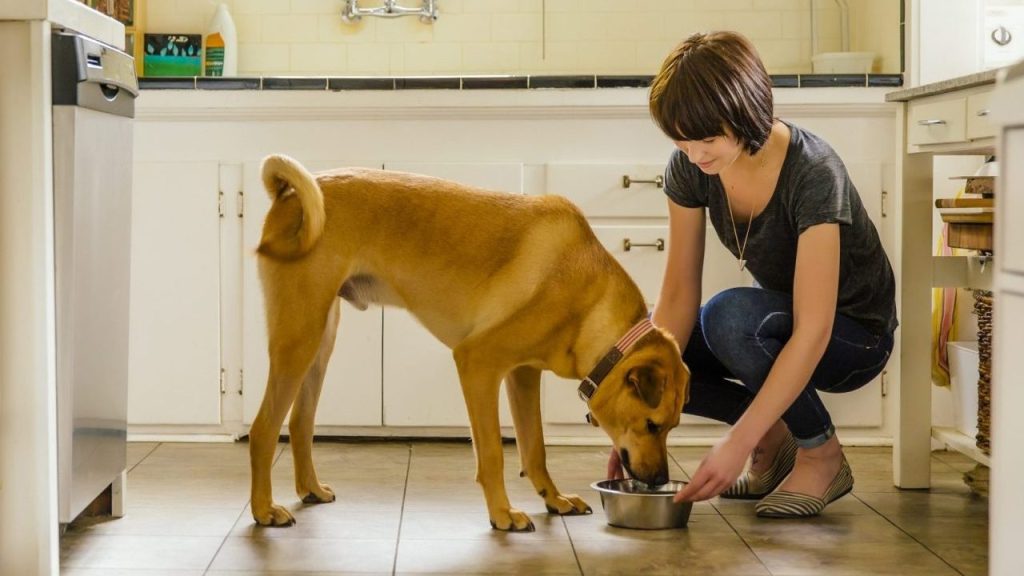As a responsible pet parent, you want to provide your furry friend with the best care possible. That includes a nutritious diet. One common question around nutrition is whether free feeding is OK. Free feeding is the practice of leaving food available for dogs to eat whenever they please. While you might think this is a compassionate way to dish up food for your pup, the reality is it’s not as beneficial as it may seem.
We’re going to explore the concept of free feeding. Then, we’ll discuss the reasons why some people choose this method, as well as reveal the drawbacks of free feeding versus sticking to scheduled meals for your pup. Ultimately, the hope is that you’ll be armed with enough information to decide how to proceed with feeding your canine companion.
Everything you need to know about free feeding
Free feeding means keeping a bowl of food accessible to your dog all day, allowing them to eat whenever they feel hungry. Unlike scheduled feeding, where a dog parent doles out the grub at specific meal times, free feeding lets dogs graze on their food at their own pace.
Why do people free feed their dogs
Convenience is a significant factor that leads people to choose free feeding for their dogs. With this method, there’s no need to stick to rigid feeding schedules, making it ideal for busy households or pet parents who are away from home for extended periods. Additionally, some believe that this method prevents dogs from experiencing hunger or anxiety related to meal times.
Is free feeding bad or good
While free feeding can be convenient, there are potential drawbacks. One significant concern is the risk of overeating, potentially leading to obesity. Dogs with unlimited access to food may consume more calories than necessary, leading to weight gain and associated health issues. Monitoring your dog’s appetite becomes challenging with free feeding, making it difficult to notice changes that could indicate health concerns.
Another downside of free feeding is the impact on establishing a consistent bathroom routine. Scheduled feeding allows pet parents to anticipate when their dogs are likely to need to relieve themselves, making it easier to establish a regular potty schedule. With free feeding, dogs may have unpredictable elimination habits, which can complicate housetraining.
Furthermore, free feeding can weaken the bond between you and your dog. Scheduled mealtimes provide opportunities for training, reinforcing obedience, and observing your dog’s behavior, appetite, and overall well-being.
Deciding how to feed your dog
While free feeding may seem convenient, it’s crucial to consider whether it suits your dog’s needs. If you choose to free feed, closely monitor your dog’s food intake, practice portion control, and ensure they get regular exercise to prevent weight gain and associated health problems.
Alternatively, scheduled feeding offers a structured routine, allows you to monitor your dog’s eating habits more closely, and strengthens the bond between you and your canine companion.
When in doubt, consult with your veterinarian to determine the best feeding approach for your beloved fur baby.




